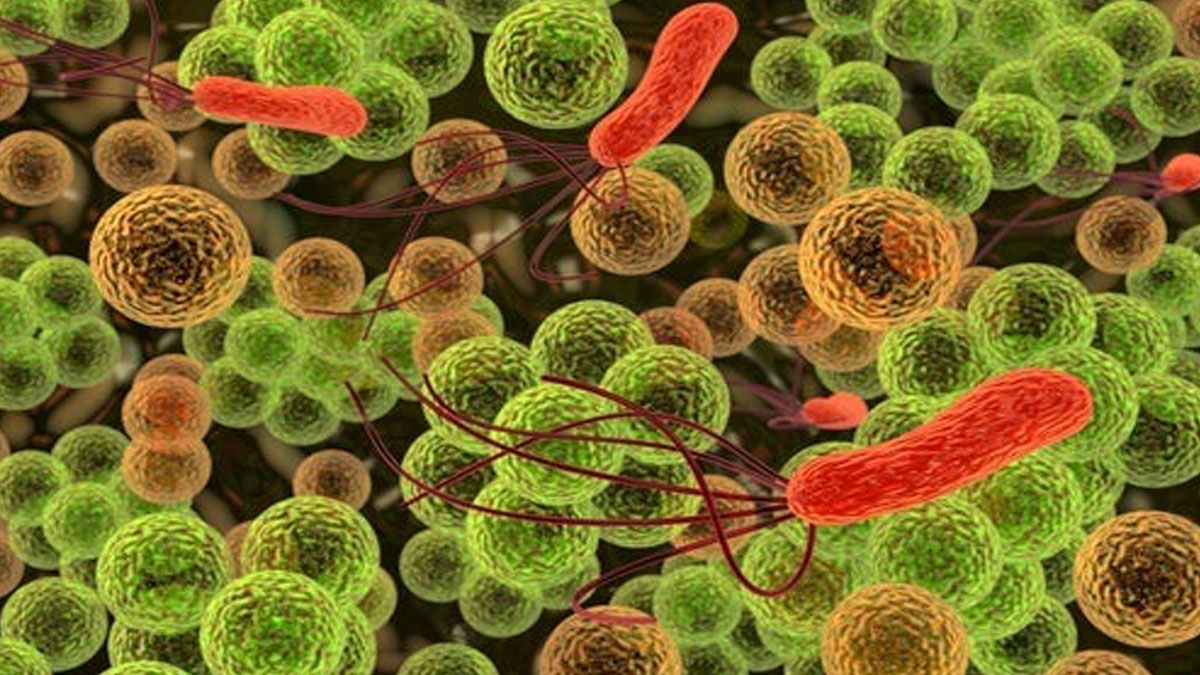The highly variable colour patterns seen on African monarch butterflies (Danaus chrysippus) which warn predators that the insect is toxic, may arise from its interaction with a bacterium that specifically kills males of the species, a new study says. Scientists, including Simon Martin of the University of Edinburgh in the UK, said that all female butterflies in this East African population have two unusual features in their chromosomes, which are coiled threadlike structures in the cell's nucleus which carries the genetic information in the form of genes.
They said these butterflies have a new arrangement of their chromosomes in which those containing genes that contribute to colour patterns are fused to those of their sex-determining chromosomes, forming a new one called the neo-W chromosome.
According to the study, published in the journal PLOS Biology, the butterflies are all infected with a bacterium called Spiroplasma which kills all of their sons.
However, the researchers said it was unclear until now whether the two features were linked, and whether these could explain the highly variable colour patterns seen in the butterflies that changed from season to season.
In the study, the scientists analysed the entire DNA sequence of the bacteria and the female butterflies' chromosomes.
They found that the neo-W chromosome alters colour patterns, and has spread rapidly through the population, aided by the male-killing bacteria.
Since the bacterium only allows female offspring, the study said, it promotes the survival of one particular colour pattern gene that is always passed from mother to daughter.
But the question still remained how the East African butterfly population remained so variable when the females all carried the same colour gene.
The scientists found that this female colour gene has only a weak effect on the offspring's traits that is overridden by colour genes from the father.
They said father butterflies with different patterns will produce daughters with different patterns.
According to the study, seasonal fluctuations in wind patterns may also affect which subspecies of male immigrants end up in this region, leading to seasonal changes in female colour patterns.
It noted that even though they always resemble their father, the infected hybrid daughters, unable to produce sons, represent a genetic dead-end for the fathers' genes.
So the scientists said the fathers' colour pattern genes only survive for one generation before being wiped out.
"The relatively fast emergence and spread of a new chromosome, combined with the short life cycle of the butterfly, allows us to study how the microbe is altering the evolution of the butterfly, almost in real-time," Martin said.
"We are continually discovering new ways in which microbes manipulate their hosts, and male-killing is just one example of this. It makes you wonder to what extent the evolution of other organisms -- even humans -- is affected by such unseen forces," he added.
ALSO READ | Poor gut bacteria may turn your kid into a 'problem child'
ALSO READ | Bacteria in household dust can spread superbug genes

